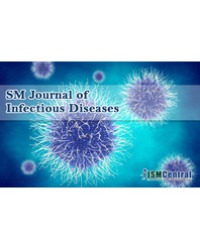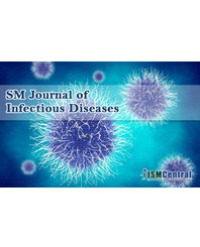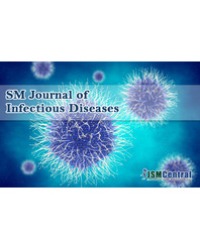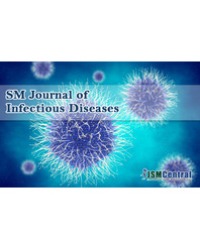Background: Melioidosis is not widely recognized in Bangladesh which is evident from the paucity of published reports on melioidosis from this region. Here, we summarize the clinical presentation, laboratory results, prevention and control policies and make important recommendations for patient management.
Case Presentation: A 35-years-old diabetic male forest officer from Gazipur Sadar located north-west of Dhaka city got admitted to Shaheed Suhrawardy Medical College Hospital, Dhaka with history of recurrent fever for last 1 year. Initially the fever was high grade (up to 1050F), intermittent nature and lasted for a few days to week. About five months back, the patient developed a parietal abscess over the left lumber region and was treated surgically accordingly. The patient then gradually recovered and remained afebrile for about one month. Fever again recurred, high grade, quotidian in nature and has been persistent for the last 3 months. The patient had also developed marked loss of appetite, altered bowel habit with occasional vomiting and lost about 15kg of his body weight. The patient noticed profuse watery diarrhea for last 2 days and got himself admitted. On examination, the patient was found wasted, conscious but slow mentation, dehydrated and moderately anaemic. His pulse was 116/min, blood pressure 80/60 mm Hg, respiration 24/min and oral temperature was 1030
F but no palpable lymph nodes. The patient had moderate hepato-splenomegaly with left sided pleural effusion and bilateral depressed ankle jerks. B.pseudomallei was isolated and identified by blood and urine culture as well as with serological test.
Conclusion: We should be more alert among the diabetic patients who are presented with fever with high ESR and neutrophilic leucocytosis, even if radiography or cytopathology is indicative of tuberculosis.
Prabhasish Adhikary¹, Shahjada Selim², Nazim Uddin¹, Sajalendu Biswas¹, Ariful Basher³, Hassan Mahmoud¹, Md. Abdullah Yusuf⁴, Hafez Mohammad Nazmul Ahsan¹, Syed Ghulam Mogni Mowla¹, and Ridwanur Rahman⁵




